Radar AN / TPS-80 G / ATOR. Multifunctional tool for KMP USA
Perspective replacement
Currently, the KMP is armed with several mobile radars for various purposes. They are designed to monitor the air situation in the interests of air defense, to control air traffic, to conduct reconnaissance of the ground situation, or for counter-battery firing. According to current plans, all these systems in the foreseeable future will give way to a new multi-functional radar AN / TPS-80 Ground / Air Task-Oriented Radar (G / ATOR).
The development of a universal radar was launched in 2005 year, the corresponding contract worth 7,9 million dollars was received by Northrop Grumman Electronic Systems. In the future, the project was faced with the problem of cost overruns, but it was possible to continue it, albeit with some changes. Design work completed in 2013-14.
In October, 2014 received a contract for small-scale production of the first version of the radar in the interests of the ILC. In the future, new agreements were signed for the supply of small quantities of radar stations with certain changes. According to the plans of the command, all will be released 57 radar AN / TPS-80.
Modules and modifications
G / ATOR radar is designed for the ILC, which places special demands on its mobility. The station is made in the form of three components on a wheeled chassis. These are the “radar equipment group” (REG), the “communication equipment group” (CEG) and the PEG power supply system. CEG and PEG are based on vehicle chassis. REG post antenna is made on a wheeled trailer. When placed on the position of the radar facilities are connected by cables. The standard deployment relies on 45 min.
The configuration used allows the radar to be transported by military transport aircraft and helicopters in service with the United States. The C-130 aircraft independently transports all the facilities of the complex, while the CH-53 helicopters and the MV-22 converters can take on only one component of the station.
CEG and REG are a three-dimensional S-band radar with an active phased antenna array. The antenna has dimensions 2,5x4 m. The antenna's rotation mechanism provides a circular azimuth view; The viewing angle of elevation is 60 °. Rotational speed - 30 rpm In addition to the main tasks, REG performs the functions of a system for determining nationality. The maximum detection range of air targets is declared at the level of 200 km. When working on artillery shells, this parameter is reduced to 70 km.
During the development of the project and the deployment of mass production, Northrop Grumman Electronic Systems has introduced new technologies aimed at improving operational and operational characteristics. So, with 2016, the AN / TPS-80 radars are built using gallium nitride-based receiving and transmitting elements. This technology allows to reduce the required power of energy supply systems, as well as to increase the reliability of AFAR. It is argued that its use will reduce the total cost of operating each radar for the entire life cycle by approximately 2 million. With the use of new materials, all radars are built, starting with the seventh.
The development of a multipurpose radar AN / TPS-80 G / ATOR is divided into several stages. Customer requirements for station functions are implemented gradually and consistently implemented in different versions of the project. With each revision of the draft radar acquires new functions, and the result will be the emergence of a system with a full set of features.
The first version of the project AN / TPS-80 Block I offers a radar designed to monitor the air situation and ensure the combat work of the air defense of the ILC. Modification of Block II adds Ground Locating Weapons Radar to the software and allows you to conduct enemy artillery reconnaissance. The GLWR mode provides a search for mortar mines, artillery shells and unguided rockets at a distance of up to 70 km.
The requirements for the Block III modification are unknown. Apparently, in this case, it is planned to update the hardware or software with the possibility of observing ground objects. According to some sources, the development of Block III may be postponed indefinitely or canceled altogether. The next project, AN / TPS-80 Block IV, will introduce Expeditionary Airport Surveillance Radar and make a G / ATOR station to monitor air traffic.
Production and operation
Small-scale production of the G / ATOR radar was deployed several years ago. The first stations of the Block I version were built in 2015-16. Shortly thereafter, the implementation of Block II project improvements began at the production site. Released samples were transferred to the customer for the development and subsequent statement on duty.
In February last year, the ILC reported on the achievement of the initial operational readiness stage of the Block I radar. Thanks to this, the troops received a new means of monitoring the air situation. The newer AN / TPS-80 Block II station reached the same stage in March of this year. The timing of the Block IV duty has not yet been clarified, but this will happen in the foreseeable future.
Thus, at the moment, units equipped with G / ATOR stations are capable of solving two main problems. In its current form, the AN / TPS-80 Block I / II can carry out the detection and tracking of aircraft, helicopters, cruise missiles and all types of artillery ammunition. With the help of standard means of communication and control of the ILC, target designation data can be issued to both air defense systems and artillery or aviation.
A few days ago it became known about the appearance of a new contract for the production of G / ATOR radar. This time, KMP ordered the equipment with a total cost of 958 million dollars. This amount includes the delivery of a complete set of 30 Radar Block II, as well as the necessary spare parts and certain services for maintenance and modernization. Deliveries must be completed by January 2025.
Near future
According to current plans, the ILC for several years will acquire and put on duty a total of 57 radar stations of the AN / TPS-80 type. To date, several such complexes have been received and are being operated in combat units.
At the moment, the Block II radar is in serial production. In the future, the troops will be supplied with newer models, and the equipment already in use will have to undergo modernization. Thus, by the 2025, the ILC will have all the required number of new stations with all the necessary functions provided for in different versions of the project.
Due to the development of new radar AN / TPS-80 G / ATOR it is planned to decommission a number of other samples that can solve only one specific task. In this case, the replacement will go far from all radars. So, in service will remain mobile station AN / TPS-59 long range. Such a radar is able to monitor the air situation in a radius of 750 km, and therefore it will remain. AN / TPS-59 and AN / TPS-80 will be used in parallel, complementing each other.
Due to the high mobility radar AN / TPS-80 G / ATOR can be quickly transferred and deployed in the right area. With their help, it is planned to organize the defense of troops and bases, airfields, etc. Interacting with anti-aircraft complexes, artillery, aviation, etc., new radars will be able to protect troops and bases from aircraft or artillery attacks. In this case, the organization of defense is simplified by using only one multi-functional radar instead of several older systems.
The re-equipment of parts of the USMC has already begun and has led to some results. At the moment, no more than a dozen new radars are on combat duty, but the situation will change in the future. By the mid-twenties, several dozens of such systems are planned to be operated with obvious benefits for the troops.
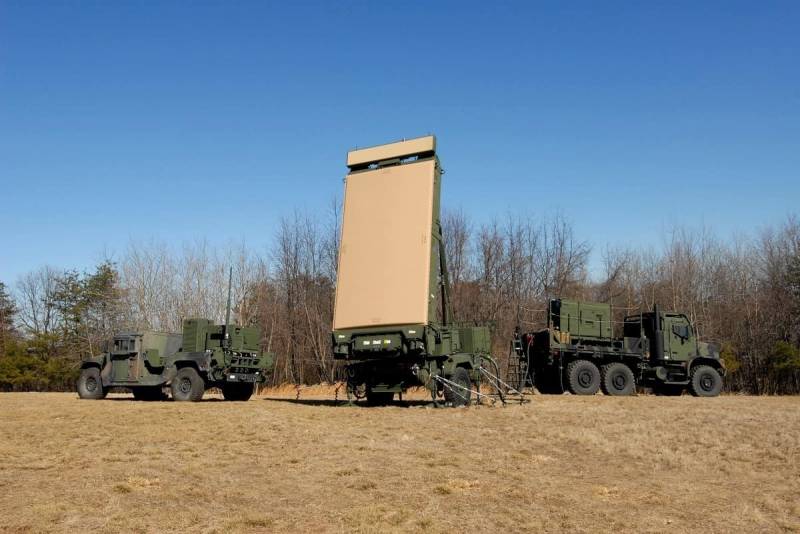
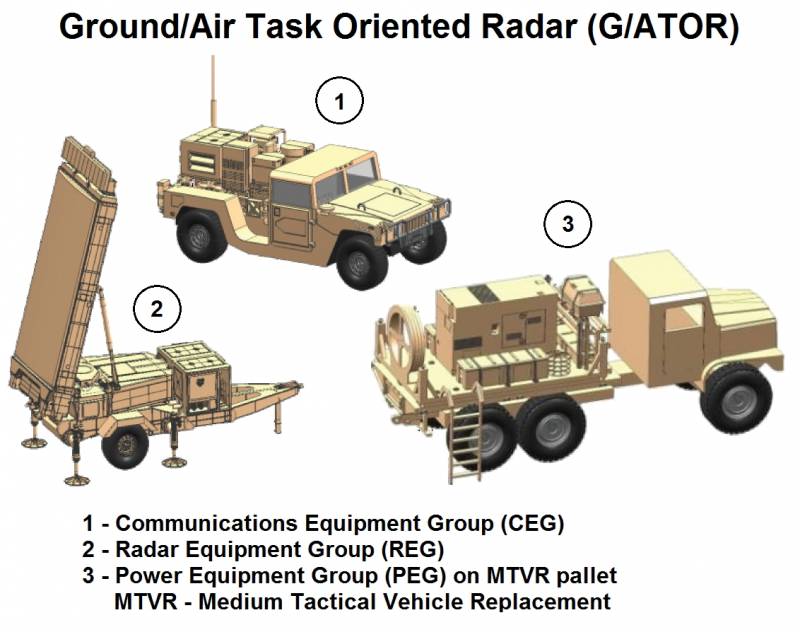
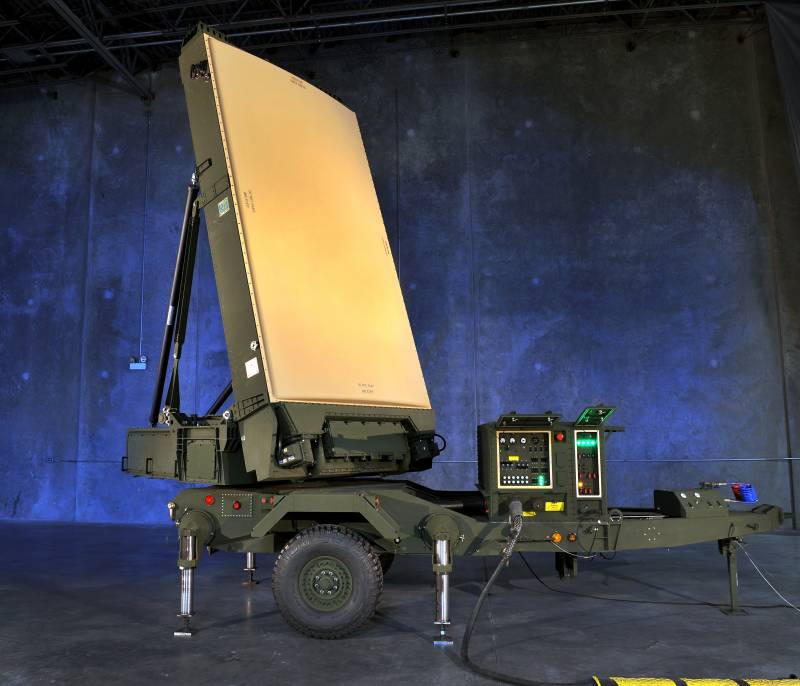
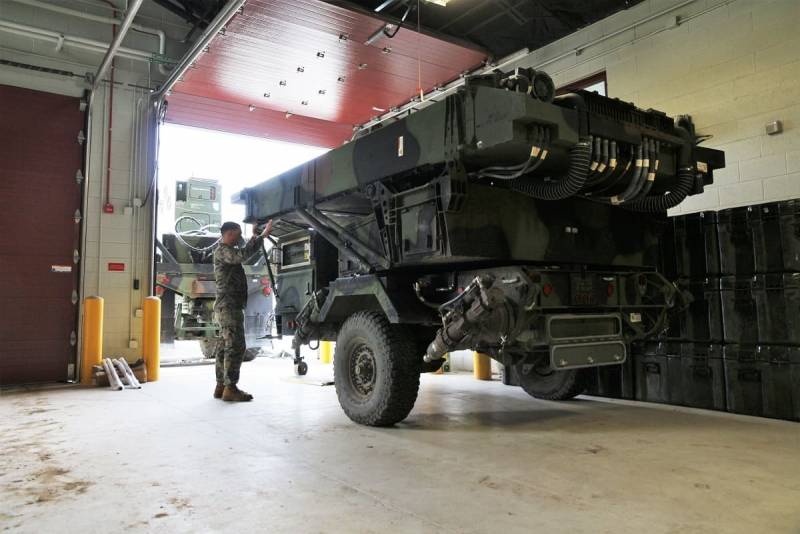
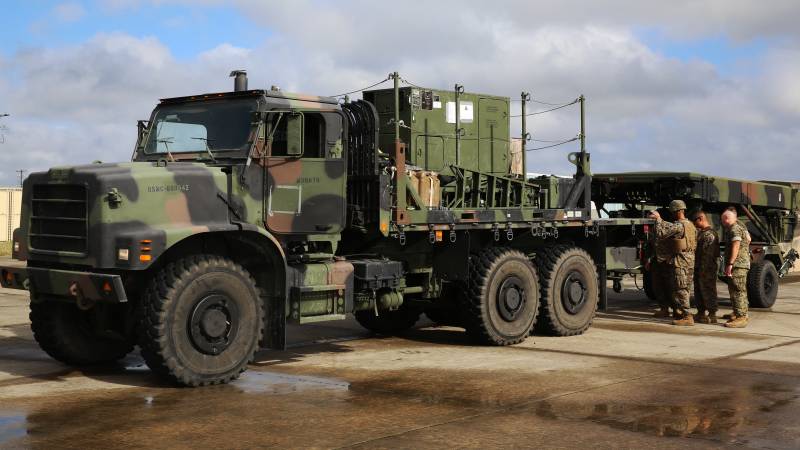
Information